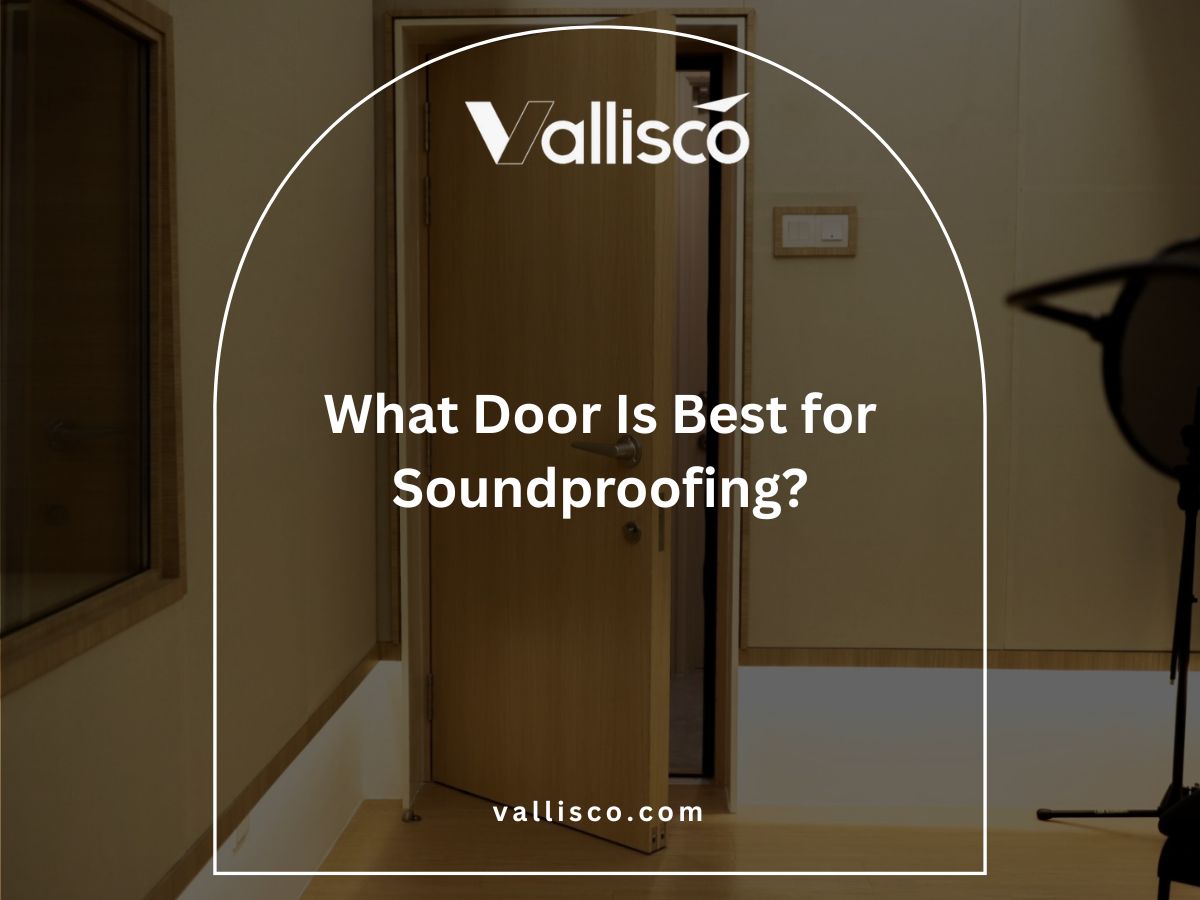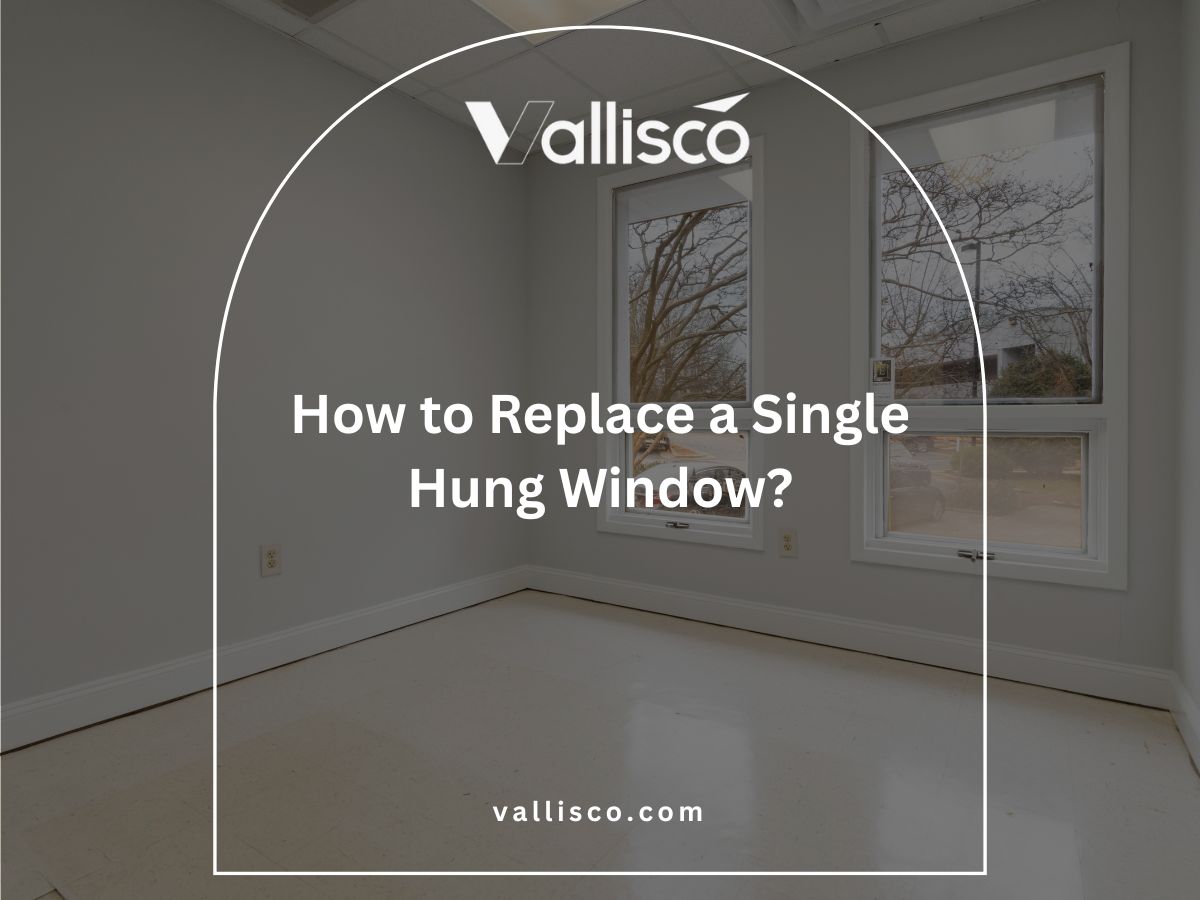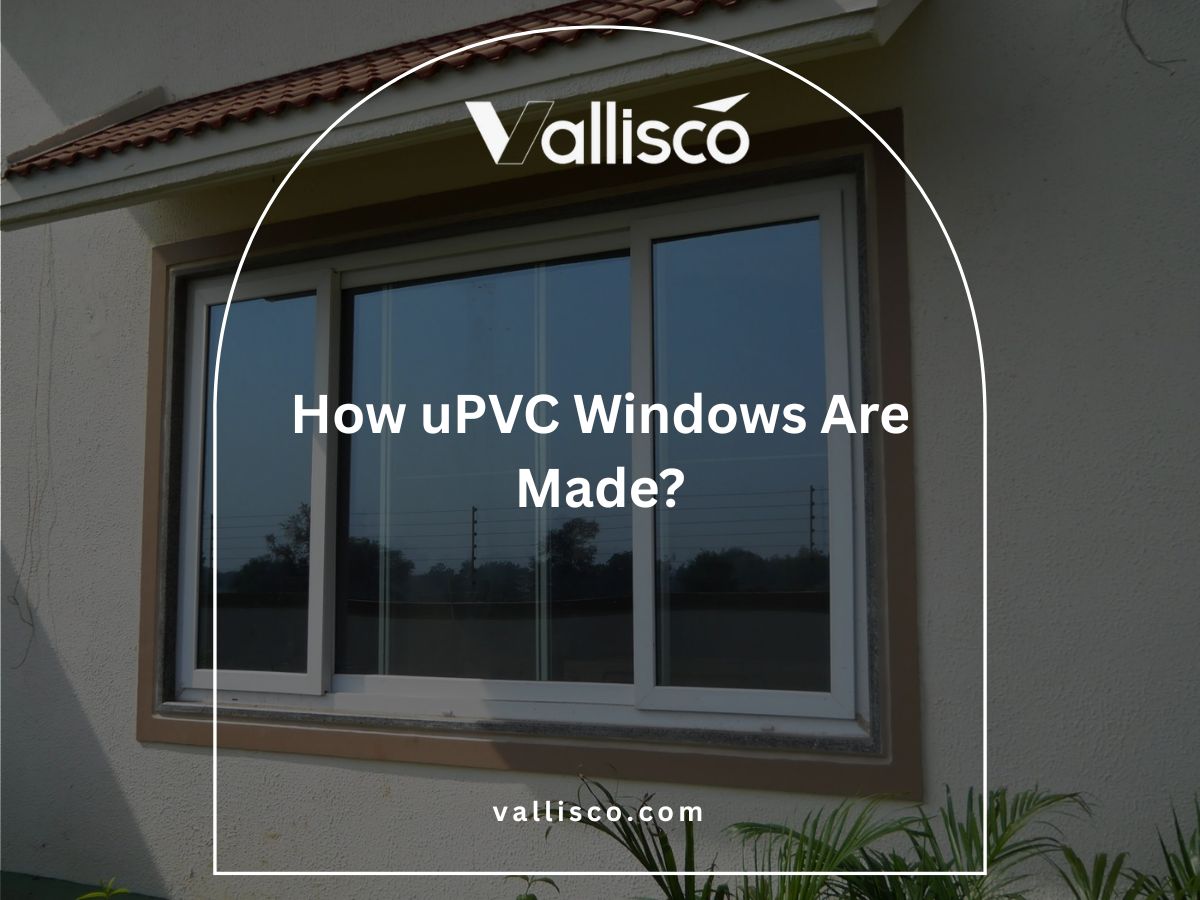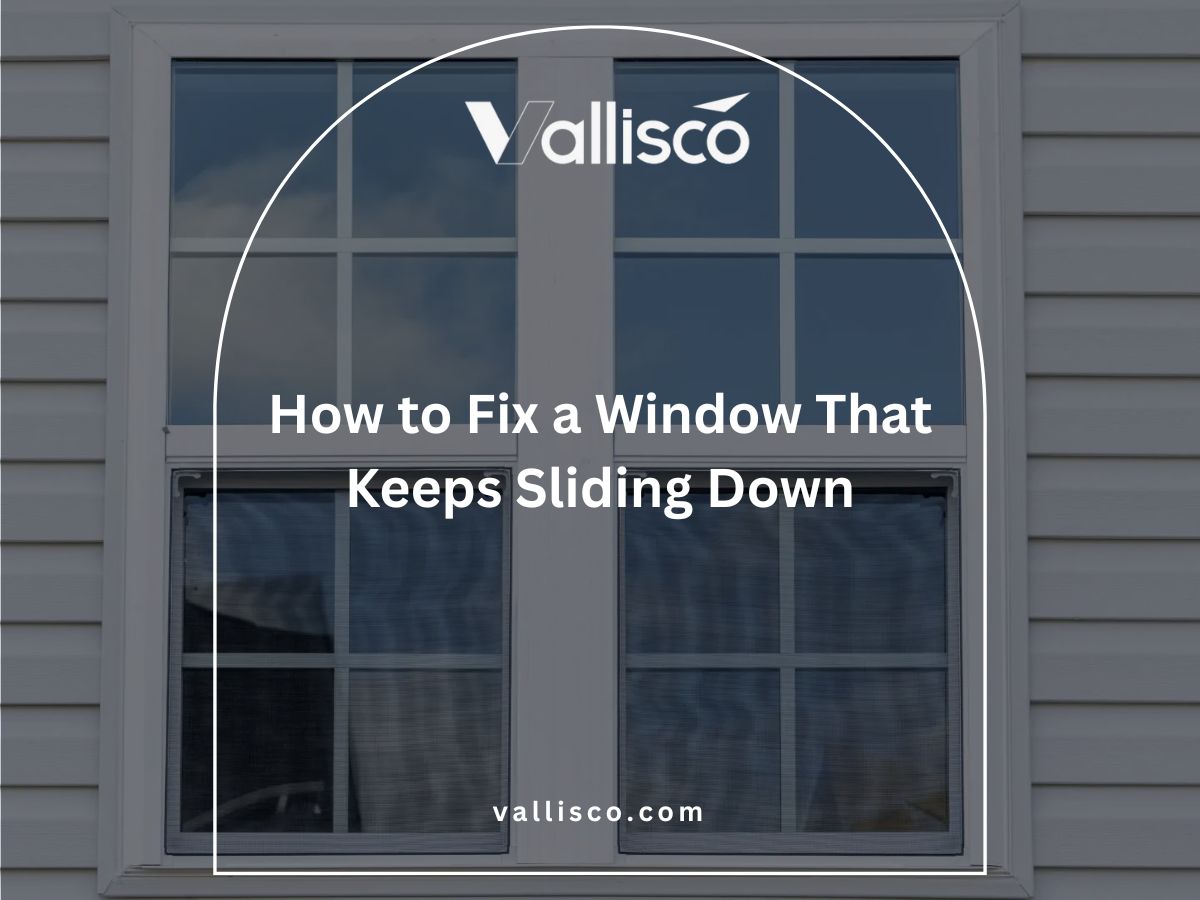I remember working on a hotel renovation where the owner kept debating between a garden window and a bay window. The wrong choice could have delayed the opening by weeks.
That job taught me how different these two windows really are, even though they look similar at first.
As someone who worked with villas, hotels, and B&B projects for years, helping engineering teams choose windows that meet both design and performance needs. You can trust this review comes from hands-on project experience.
In this article, you’ll get a clear comparison of garden windows and bay windows, covering structure, function, cost, and maintenance. By the end, you’ll have the information you need to make the right choice for your next project.
If you’ve ever ordered the wrong window and dealt with costly changes later, you know why this comparison matters.
So, let’s jump in!
Quick Comparison Chart
Before we dive into the detailed breakdown, here’s a quick side-by-side comparison to give you a clear starting point.
| Feature | Garden Window | Bay Window |
| Visual Style & Aesthetic Appeal | Compact, box-shaped design | Large, angled focal point |
| Sunlight Exposure | Focused, direct light | Wide, even light spread |
| Installation Requirements | Small opening, light weight | Large opening, heavy frame |
| Size and Structure | Shallow projection, standard sizes | Deep projection, custom sizes |
| Airflow Ventilation | Targeted side panel airflow | Broad airflow, multiple styles |
| Maintenance and Cleaning | Easy interior cleaning | More frequent, exterior cleaning |
| Cost Comparison | Lower cost, faster install | Higher cost, long-term value |
That’s the big picture. Next, we’ll break down each part to help you decide what works best.
1. What is a Garden Window?
A garden window is a box-shaped structure that extends outward from the wall, with glass on the front, sides, and top. It’s often used for growing plants, displaying décor, or adding more daylight to a space. The design makes the area feel brighter and slightly larger without changing the room’s footprint.
I’ve seen garden windows work well in kitchens, lounges, and even guest rooms where a bit of extra light is needed. The side panels may be fixed or operable to allow airflow, and the added shelf space is practical for both display and function. For villas, B&Bs, and greenhouses, they can bring in sunlight while adding visual depth.
2. What is Bay Window?
A bay window is a multi-panel window that extends outward from the main wall, creating a small alcove inside. It usually has a large center window with two angled side windows that can be fixed or operable. This design adds more floor space, brings in natural light, and gives a wide, panoramic view.
From my experience on villa and hotel projects, bay windows are often chosen to make a room feel more open and inviting. You can use the alcove for seating, storage, or as a feature spot in a lounge or guest room. For your projects, a bay window can be both a design statement and a functional upgrade.
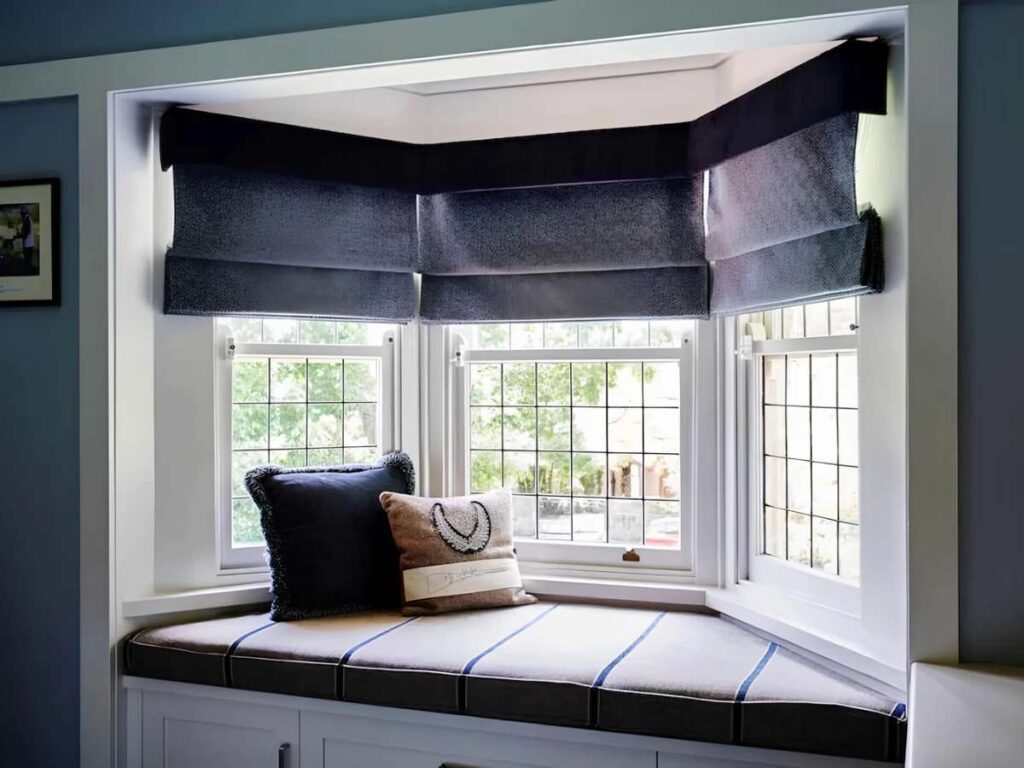
3. Visual Style & Aesthetic Appeal
How a window looks can influence your project’s overall design more than you might expect. I’ve worked on properties where the right window style elevated the entire space, and others where a mismatch hurt the final look.
Garden Window: Compact and Functional
- Box-Shaped Design: Extends outward in a simple, squared form that doesn’t overpower the room’s design. Ideal for projects needing subtle but effective depth.
- Framed Display Effect: Creates a perfect spot to showcase plants, décor, or small displays without taking up floor space. This makes it easy to add personality to a room.
- Balanced Proportions: Keeps a clean, symmetrical look that blends easily with different architectural styles. Works well in both traditional and modern builds.
- Light Enhancement: Brings in more daylight without the large structural changes a bay window may require. Great for brightening smaller spaces.
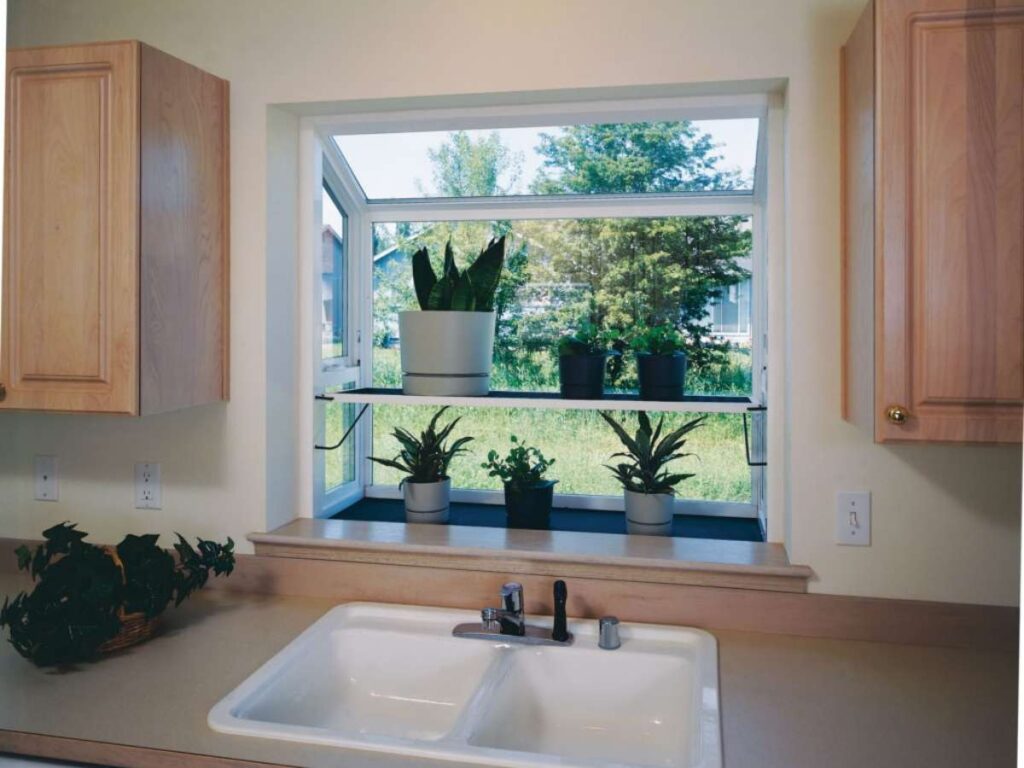
Bay Window: Spacious and Striking
- Wide Center View: The large middle pane creates an open, panoramic view that draws attention immediately. Perfect for making a room feel larger.
- Angled Side Panels: Adds visual depth and dimension to the wall while improving sightlines in the room. Enhances the view from multiple angles.
- Alcove Potential: The recessed space can be styled as seating, storage, or a decorative feature. This makes the area both functional and inviting.
- Architectural Presence: Creates a more prominent design statement, especially in common areas or large rooms. Ideal for projects needing visual impact.
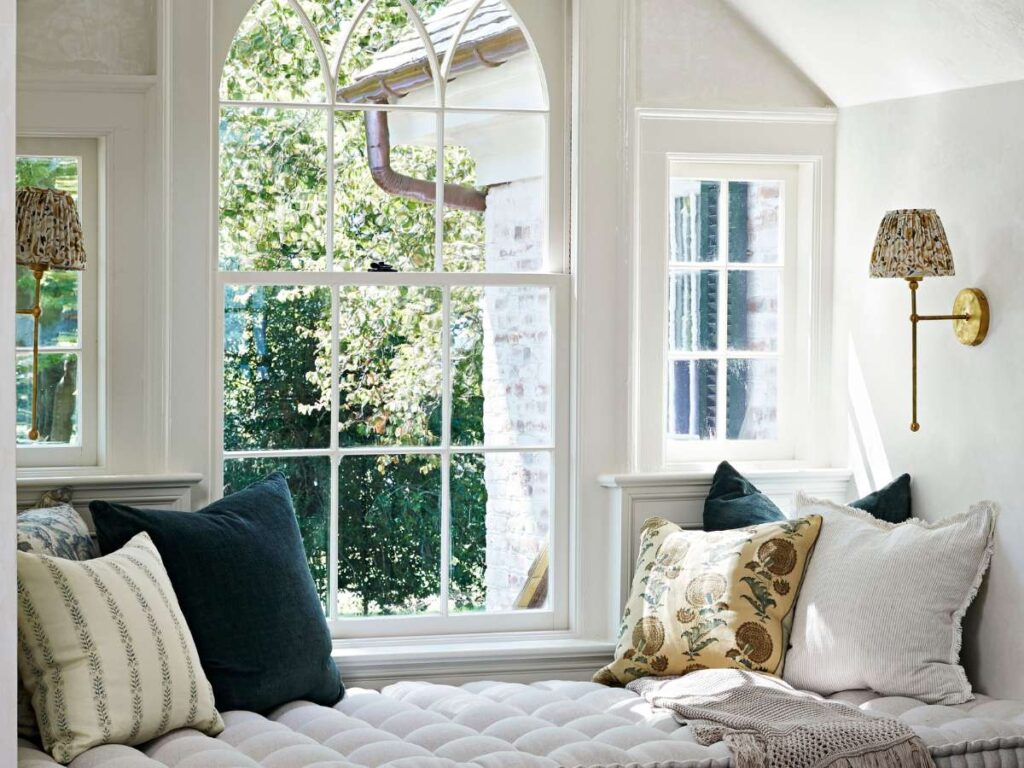
Takeaways
If you want a simple, space-saving feature that blends in, a garden window is a safe choice. If you’re aiming for a bold focal point with added interior space, a bay window delivers stronger visual impact. Your decision should match the style goals of your project and how the space will be used.
4. Sunlight Exposure
I’ve noticed that how a window handles sunlight can make or break its success in a project. The way light enters a room affects temperature, mood, and even how the space is used. For your properties, understanding the difference between garden and bay windows in this area will help you choose the right fit.
Garden Window: Focused and Direct
- Angled Glass Panels: Directs sunlight into a concentrated area, making it ideal for plant growth or brightening a specific corner. I’ve seen this setup work especially well in kitchens and greenhouses where targeted light is needed.
- Compact Projection: The smaller frame limits how far light spreads into the room, which helps reduce heat buildup in warmer climates. This can be valuable if your project is in a region with intense afternoon sun.
- Overhead Glass Top: Lets in light from above, adding brightness even when the sun is low or the sky is cloudy. This extra exposure can help small spaces feel more open.
- Shallow Depth: Focuses sunlight without creating large interior shadows. It works well when you want light but don’t want to alter the room’s overall lighting balance too much.
Bay Window: Broad and Expansive
- Wide Opening: Allows natural light to enter from multiple directions, increasing the brightness across the entire room. This is especially effective in large common areas.
- Angled Side Windows: Captures sunlight throughout the day as the sun moves, reducing dark spots in the room. I’ve found this design useful for keeping spaces bright without relying heavily on artificial lighting.
- Extended Alcove: Pushes the glass farther into outdoor light, which increases overall exposure. This can make a noticeable difference in rooms that feel closed in.
- Balanced Illumination: Distributes light more evenly across the space, helping maintain a consistent look. This is beneficial if your project has areas that tend to be unevenly lit.
Takeaways
Garden windows give you focused sunlight for specific areas, making them ideal for display or plant spaces. Bay windows spread light more evenly, which works better for larger rooms or spaces that need consistent brightness.
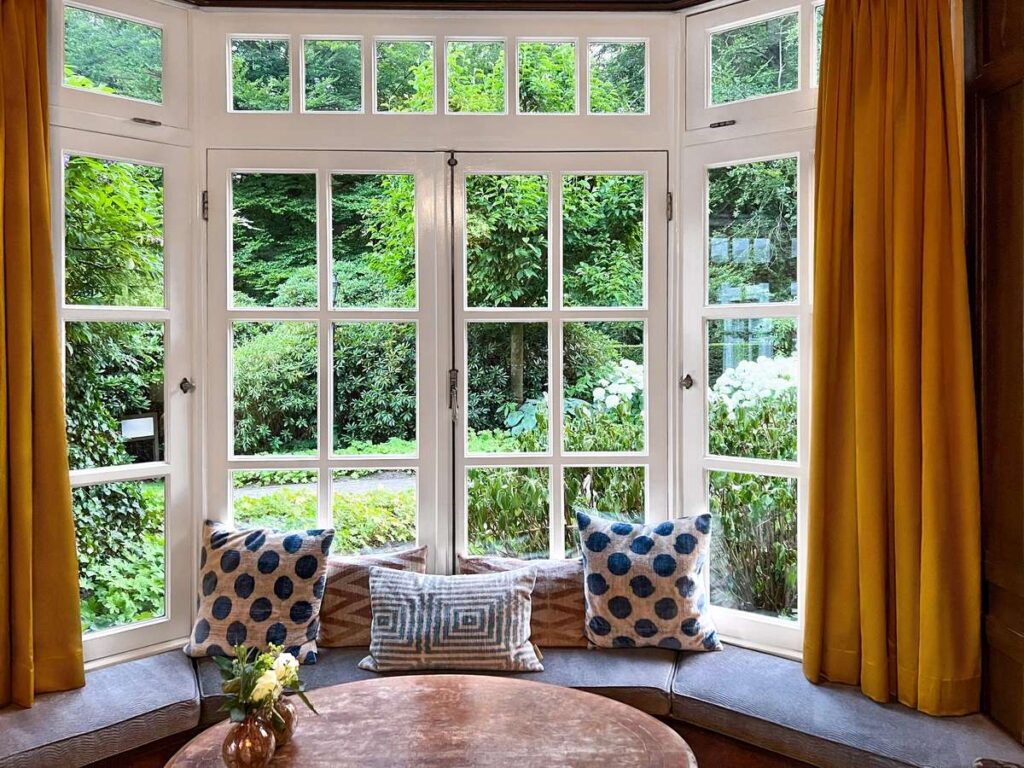
5. Installation Requirements
From my experience, installation is where projects can either stay on schedule or start running into delays. I know you need clear details so you can plan your crew, timeline, and budget without guesswork.
Garden Window: Light and Straightforward
- Smaller Wall Opening: Needs a standard-sized cutout, which keeps structural changes minimal.
- Simpler Framing Needs: Can often be installed using the existing wall framing, reducing prep work. This is helpful if you’re replacing an older window.
- Moderate Weight: Easier to handle on-site compared to larger bay windows. Crews can often lift and set them without special equipment.
- Standard Support Brackets: Usually requires basic exterior brackets for stability, making the install process less complicated.
Bay Window: Heavier and More Involved
- Larger Wall Opening: Needs more demolition and framing adjustments to fit the size. I’ve seen this take longer if the wall is load-bearing.
- Structural Support Needed: Often requires additional beams or reinforcements to handle the extra weight. This adds steps to your timeline.
- Heavier Units: May need lifts or extra crew to position and secure safely. Handling is a bigger consideration than with garden windows.
- Custom Bracing: Installation can involve tailored bracing inside and outside to keep the structure stable.
Takeaways
Garden windows are faster and simpler to install, making them a good fit for projects with tight schedules. Bay windows take more planning, manpower, and structural work, but they offer a bigger design payoff if you have the time and resources.
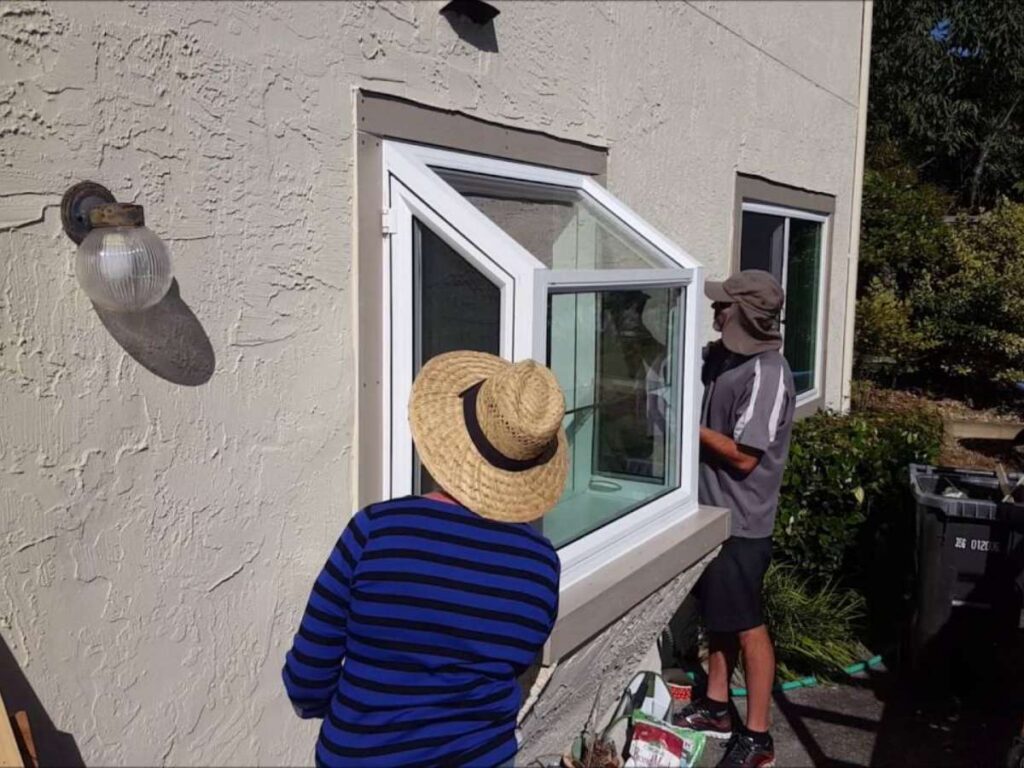
6. Size and Structure
Size affects more than just how a window looks. It also impacts installation, material needs, and how space functions. There are moments when the structure can determine whether a window is a straightforward fit or a major construction job.
Garden Window: Compact and Boxed
- Shallow Projection: Extends only a short distance from the wall, making it practical for tighter spaces. This is useful when exterior clearance is limited.
- Box-Like Shape: Four-sided glass design with a flat base, which makes it simple to measure and fit. This reduces the need for large wall adjustments.
- Standard Sizes Available: Often comes in preset widths and heights, making ordering easier. This also helps keep production and delivery times shorter.
- Lightweight Frame: Typically lighter than bay windows, so it can be supported without major structural reinforcements. This can save both time and labor costs.
Bay Window: Large and Angled
- Deep Projection: Extends much farther from the wall, creating additional interior floor space. This makes it a strong choice for lounges or seating areas.
- Angled Panels: Usually has three sections, with a large center window and two angled side windows. This adds depth to both interior and exterior views.
- Custom Size Options: Often ordered to exact measurements, which allows for more flexibility in design. I have worked on projects where this gave room for creative layouts in hotels and villas.
- Heavier Frame: Requires stronger framing and substantial structural support. The added weight also means more planning for safe handling during installation.
Takeaways
Garden windows are better suited for smaller openings and lighter construction requirements. Bay windows work best when you have the space and structural capacity for a larger build. Your choice should fit both the size limits of the property and the overall design goals.
7. Airflow Ventilation
Ventilation can influence comfort just as much as sunlight or window size. The way a window moves air affects temperature, energy use, and how inviting a space feels.
Garden Window: Limited but Targeted
- Side Panel Venting: Often comes with operable side windows that allow direct airflow into the space. This can be useful for kitchens or work areas where fresh air is needed.
- Smaller Openings: Ventilation is more focused and controlled, making it easier to avoid drafts. I’ve used this in projects where precise airflow was important.
- Minimal Air Loss: Compact design helps keep conditioned air inside when the windows are closed. This can reduce strain on HVAC systems.
- Best for Small Areas: Works well in localized spaces rather than large, open rooms.
Bay Window: Wider Air Circulation
- Multiple Venting Options: Side windows can be casement, double-hung, or fixed, offering flexibility in airflow control. Vallisco manufactures any type of venting style you need, depending on your project’s functional requirements and design preferences.
- Angled Positioning: Side panels can catch breezes from various directions, improving cross-ventilation. I’ve seen this make a noticeable difference in common areas.
- Larger Openings: Allows more air movement compared to garden windows, which is beneficial for bigger rooms.
- Better for Open Spaces: Can help refresh the entire room rather than just a specific area.
Takeaways
If you need consistent airflow across a larger space, a bay window will handle that better. If your project requires targeted ventilation in a smaller zone, a garden window is the more practical choice. Matching the window to room size and air movement needs will give the best results.
8. Maintenance and Cleaning
Keeping windows clean and in good shape affects both their look and how well they perform. I’ve noticed that maintenance needs can influence whether a window stays a good investment over time. You should know how each type handles cleaning so you can plan for long-term upkeep.
Garden Window: Simple but Requires Reach
- Multiple Glass Surfaces: Has glass on the front, sides, and top, so cleaning involves more surfaces than a flat window. I’ve found this can be easy if you have inside access.
- Accessible Interior Panels: Most cleaning can be done from inside the room, reducing the need for ladders. This is especially helpful in multi-story buildings.
- Condensation Control: Smaller size makes it easier to manage moisture buildup on glass. Regular wiping can prevent water spots or mildew.
- Low Frame Wear: Lighter structure means fewer stress points, which can reduce repair needs over time.
Bay Window: Bigger and More Involved
- Larger Glass Panels: Requires more time to clean due to its wider surface area. This is something to consider for properties with many units.
- Exterior Access Needed: Some sections, especially higher installations, may need outside cleaning equipment.
- Frame and Seal Checks: The bigger frame can have more joints that need inspection to prevent leaks.
- More Exposure to Dirt: Protruding design can collect dust and debris faster than flat windows, requiring more frequent cleaning.
Takeaways
If you want easier access for cleaning and fewer maintenance demands, a garden window is the better choice. If your design calls for a bay window, plan for more time, tools, and regular inspections to keep it in top condition. Your decision should balance the look you want with the upkeep you’re ready to handle.
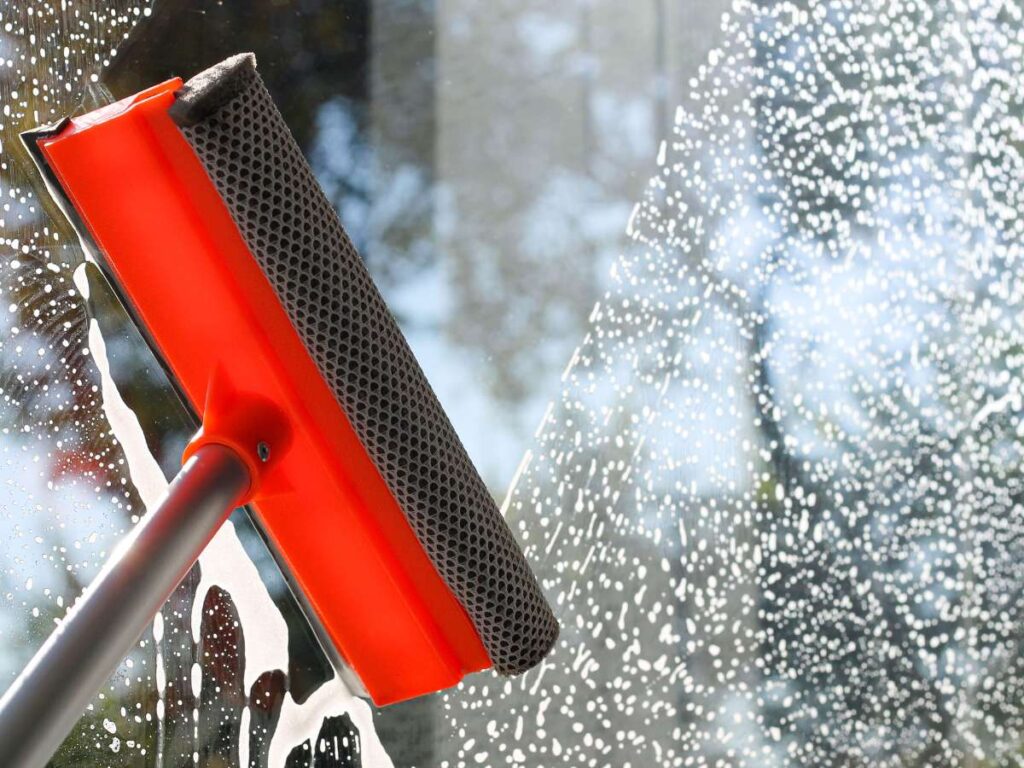
9. Cost Comparison
Price can be a deciding factor, especially when you’re handling multiple units or working with a set budget. In some projects I’ve been part of, getting a clear breakdown early helped prevent overruns. It’s important to consider not only the purchase cost, but also installation, upkeep, and long-term returns.
Garden Window: Lower Initial Investment
- Affordable Purchase Price: Generally costs less than a bay window of similar size, making it a budget-friendly option. This is useful when you need to outfit multiple rooms.
- Simpler Installation: Requires less structural work, which keeps labor costs down. I’ve seen this save both time and money on renovation projects.
- Lower Maintenance Costs: Smaller size and easier cleaning mean fewer long-term expenses.
- Standard Sizing Benefits: Off-the-shelf options can reduce both material costs and lead times.
Bay Window: Higher Upfront but Bigger Impact
- More Expensive Purchase Price: Larger size, custom angles, and more glass panels increase the cost. This is something to plan for in your budget.
- Complex Installation: Needs additional support and framing, which can add to labor expenses. I once oversaw a hotel upgrade where this stage was the largest labor cost.
- Potential Energy Savings: Can improve natural light and reduce the need for artificial lighting, which may offset some costs over time.
- Premium Appearance Value: Adds architectural appeal that can raise the property’s perceived value.
Takeaways
If keeping upfront and maintenance costs low is your priority, a garden window is the more cost-effective choice. If you’re willing to invest more for design impact and potential long-term value, a bay window can be worth the higher price. Always factor in both the purchase and ongoing costs when deciding.
3 Factors To Consider When Choosing Between Garden Bay Window and Bay Window
Making the right choice between a garden window and a bay window comes down to more than just looks. I’ve helped property owners make this decision based on function, budget, and the kind of experience they want to create for guests or residents.
Here are some factors to consider when choosing between the two doors:
Project Goals and Space Availability
Think about the main purpose of the window in your project. If your goal is to maximize sunlight in a specific area, a garden window can do that without major construction changes. Bay windows, on the other hand, need more wall space and exterior clearance but give you a larger seating or display area.
Your available square footage and wall structure will play a big role in the decision.
Budget and Long-Term Value
Your budget will often guide which option makes sense, but you should also think about how the window adds value over time. Garden windows usually cost less to purchase and install, which is a benefit if you’re outfitting several rooms at once.
Bay windows may have higher upfront costs but can increase the property’s perceived value. Vallisco offers both window types that are cost-effective. They combine quality materials with efficient installation methods, helping you manage expenses while still achieving the design impact you want.
Maintenance and Operational Impact
Consider how much time and effort you can commit to upkeep. Garden windows tend to be easier to clean and maintain since most surfaces are accessible from inside. Bay windows might require exterior cleaning equipment and more frequent inspections for seals and joints.
In larger properties, this can mean higher recurring costs or longer maintenance schedules. If your team is already stretched thin, a simpler window design could make day-to-day operations smoother.
Conclusion
Back in that hotel renovation, choosing the right window kept the project on schedule and within budget.
You’ve now seen how garden windows offer focused light and easy installation, while bay windows provide more space and dramatic views.
The decision comes down to your project goals, budget, and maintenance capacity.
If you want a clear, lasting solution, choose based on what fits your space best. Vallisco can supply both styles with cost-effective, high-quality options.
Contact us today and let’s make your next project easier!
More Guides and Tips to Explore
For more helpful content, explore our collection of recommended reads:
Still haven’t found what you’re looking for? Don’t hesitate to contact us. We’re available around the clock to assist you.



